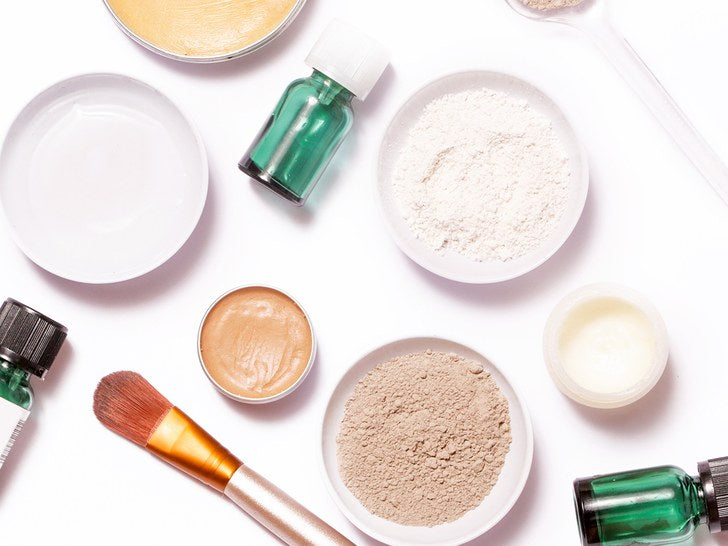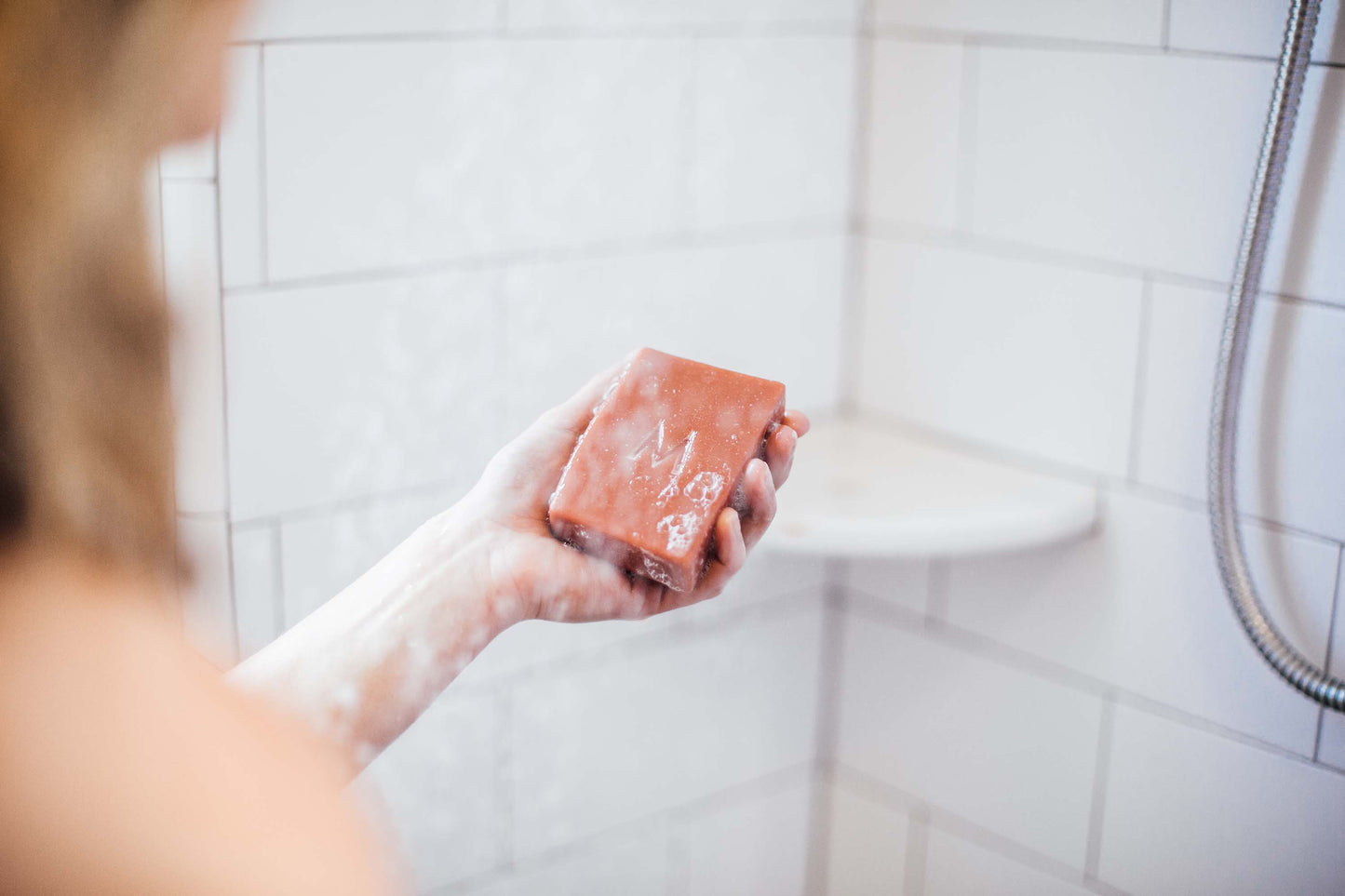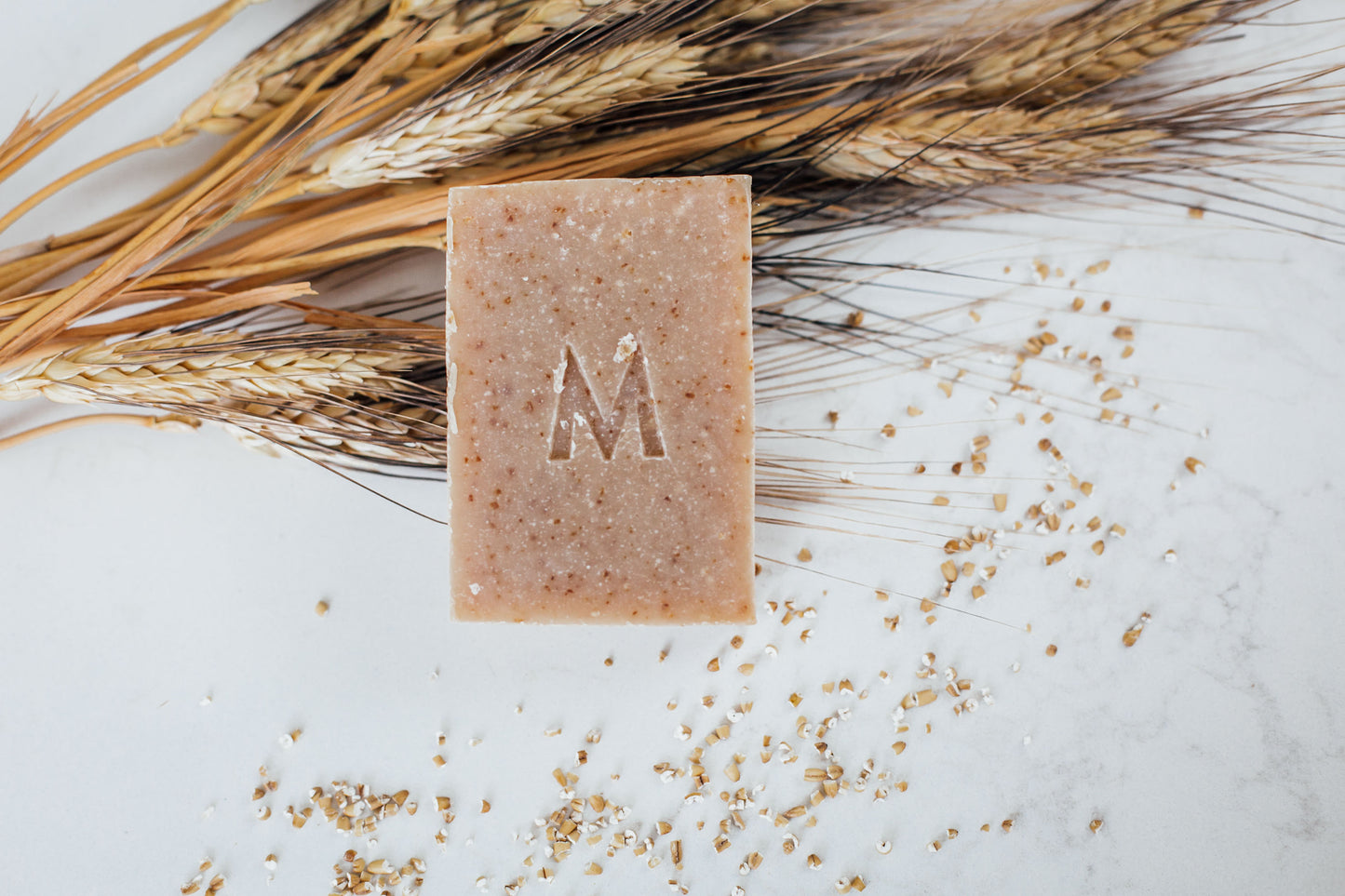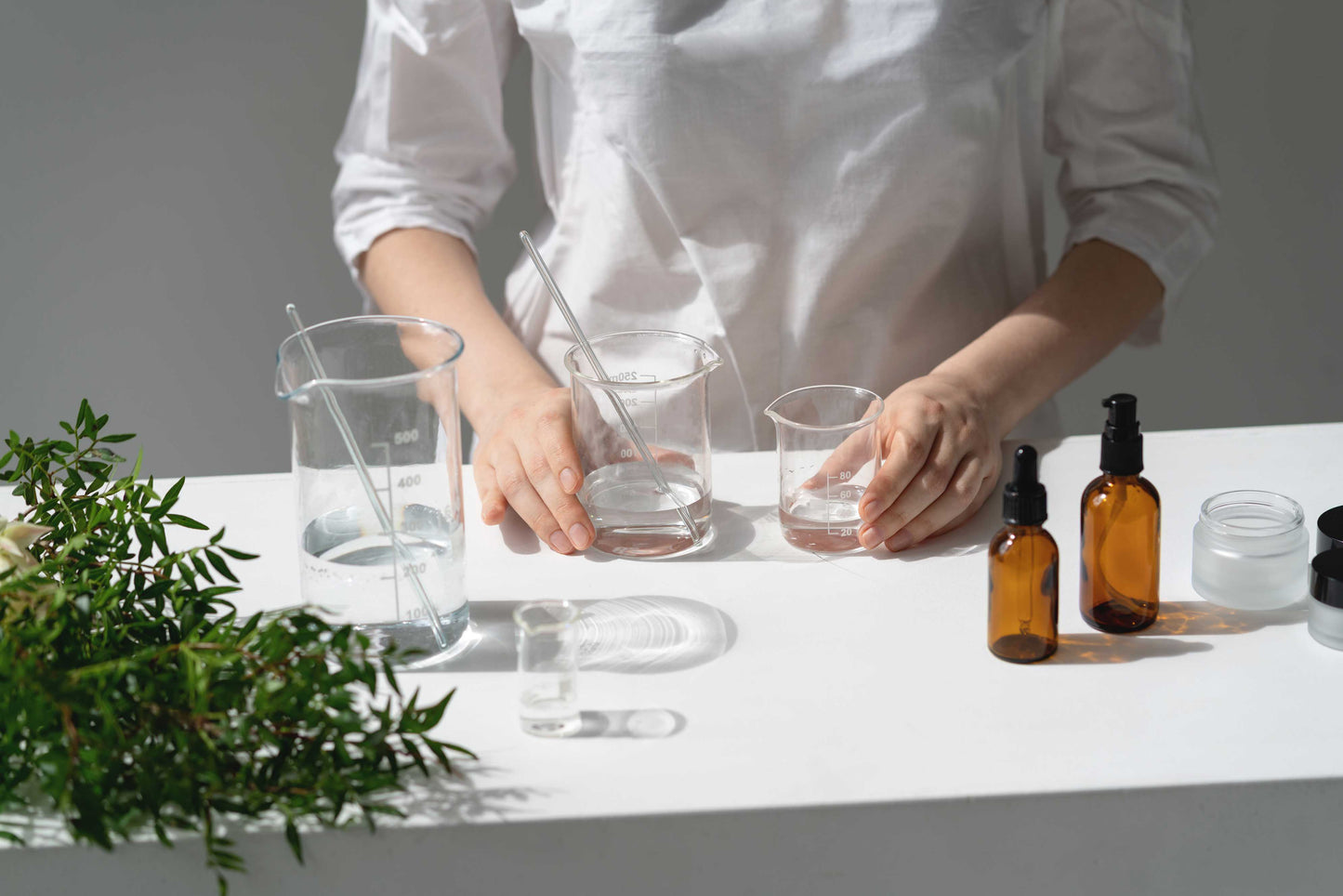
Halloween is right around the corner! Is that why I find myself equating the ingredient label on a favorite facial moisturizer to a witches brew of bubbling, spewing, threatening, and potentially harmful toxins? Where I hope to see ingredients that I can actually pronounce, I see terms out of my high school chemistry book, which I didn’t understand then and certainly don’t now!
I am obviously not alone in my concern over what ingredients I am putting on my face. The internet contains a plethora of articles and blogs intended to educate and inform the beauty product consumer. Armed with this information, I can see what scary, questionable and unpronounceable chemicals are in my bath and beauty products. Whatever happened to ignorance is bliss?
Here we are to the rescue! You will never find harmful chemicals as defined by the FDA in our skincare products, or as dedicated by its commitment to create a bath soap that does no harm! We have taken the ultimate step by guaranteeing questionable or harmful ingredients are never used in its products. In other words, you won’t see the following ingredients ever on our label, or in its handcrafted, small batch collection of hand soaps, bath bombs, body scrubs or candles, hence why we created our very own The Banned List of ingredients we don't use in our soap making process.
Cocamidopropyl Betaine
Cocamidopropyl betaine is a synthetic detergent and surfactant (substance that increases spreading and wetting properties) that is used to increase the foaming action of cleansing products and moderate the viscosity of liquids. As a synthetic surfactant, cocamidopropyl betaine is found in a number of personal hygiene products including hand soaps.
Butylatedhydroxy Anisole and Butylated Hydroxytoluene
These synthetic antioxidants are used to extend a product’s shelf life, and are likely carcinogens, hormone disruptors and may even cause liver damage.
Diethanolamine
DEA is another chemical that causes Manos Soap Co. concern as it can cause liver and kidney cancer .
Dioxane
Dioxane is a chemical that some think is good for the skin since it is derived from a coconut. However, Manos considers this a toxic chemical as it can adversely impact kidney, brain, and liver function.
Formaldehyde
Formaldehyde is a commonly used preservative in beauty products. It is a known carcinogen that is also linked to asthma, neurotoxicity, and developmental toxicity. This toxin is present where you see the following on a product label: quaternium-15, DMDM hydantoin, imidazolidinyl urea, diazolidinyl urea, sodium hydroxymethylglycinate, 2-bromo-2-nitropropane-1,3 diol (Bronopol), and several other preservatives are listed.
Methylisothiazolinone and Methylchloroisothiazolinone
These chemical preservatives are among the most common irritants, sensitizers, and causes of contact skin allergies.
Parabens (methyl-, isobutyl-, propyl- and others)
Parabens are a class of preservatives commonly used to prevent the growth of bacteria and mold. Parabens are endocrine (or hormone) disruptors, which may alter important hormone functions in the body.
Phthalates
Phthalates are a class of chemicals used in hundreds of products to increase the flexibility and softness of plastics. They are known to be endocrine disruptors and have been linked to increased risk of breast cancer, early breast development in girls, and reproductive birth defects in males and females.
Polyethylene Glycol (PEG compounds)
PEGs are widely used in cosmetics as thickeners, solvents, softeners, and moisture-carriers. Depending on manufacturing processes, PEGs may be contaminated with measurable amounts of ethylene oxide and 1,4-dioxane, which are both carcinogens.
Retinyl Palmitate and Retinol (Vitamin A)
This is a nutrient that may damage DNA and speed the growth of skin tumors when used on the skin.
Sodium Lauryl Sulfate and Sodium Laureth Sulfate (SLS and SLES)
SLS and SLES are surfactants that can cause skin irritation or trigger allergies. SLES is often contaminated with 1,4-dioxane, a byproduct of a petrochemical process called ethoxylation, which is used to make other chemicals less harsh.
Synthetic Flavor or Fragrance
These man-made, engineered scent or flavoring agents may contain any combination of 3,000-plus stock chemical ingredients, including hormone disruptors and allergens.
Fragrance formulas are protected under federal law’s classification of trade secrets and therefore can remain undisclosed. We try to minimize the use of our fragrances in our skincare products, and only use essential oils for the natural and organic smells.
Triclosan and Triclocarban
These antimicrobial pesticides toxic to the aquatic environment may also impact human reproductive systems.






